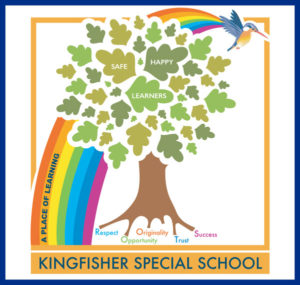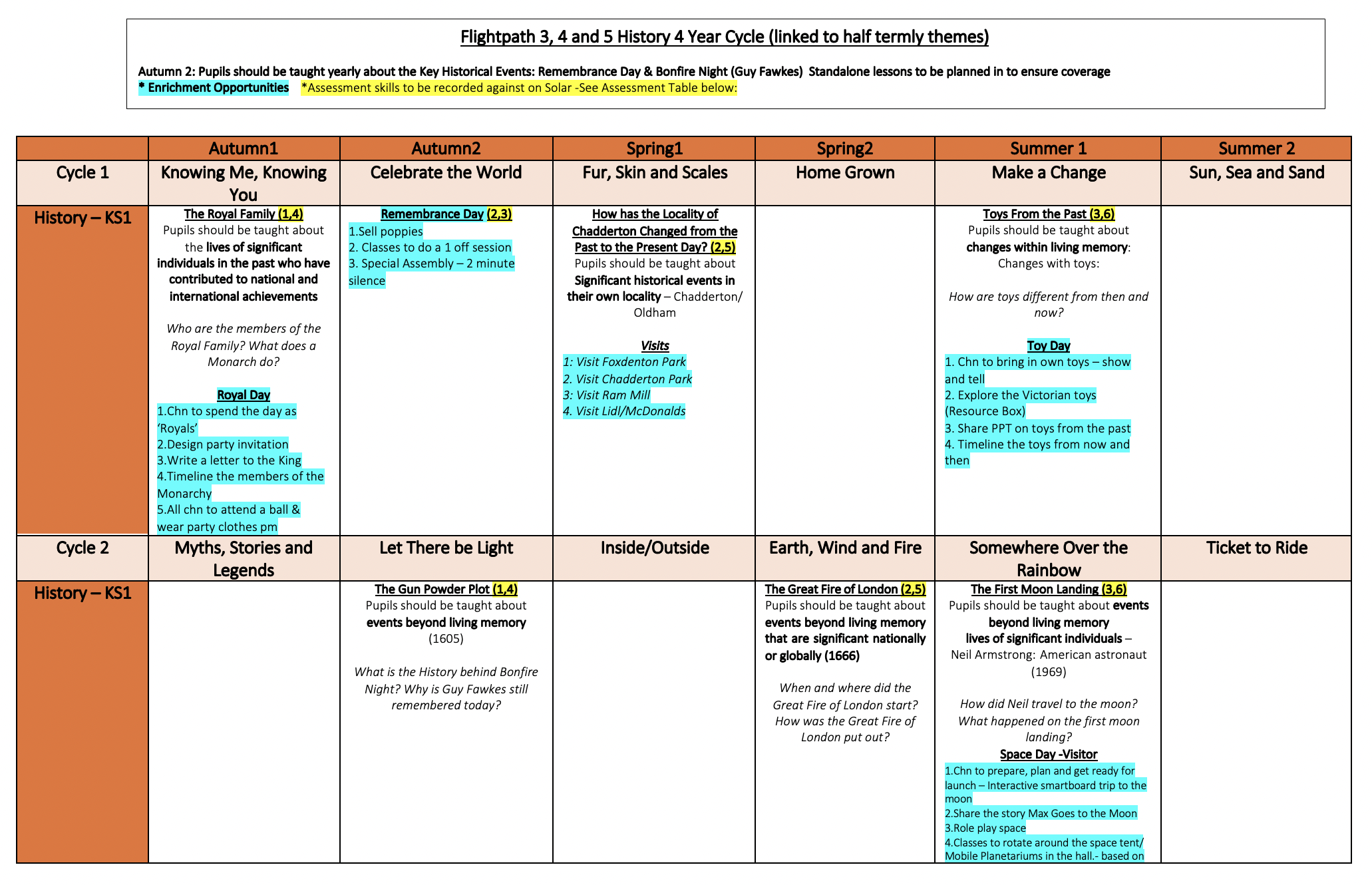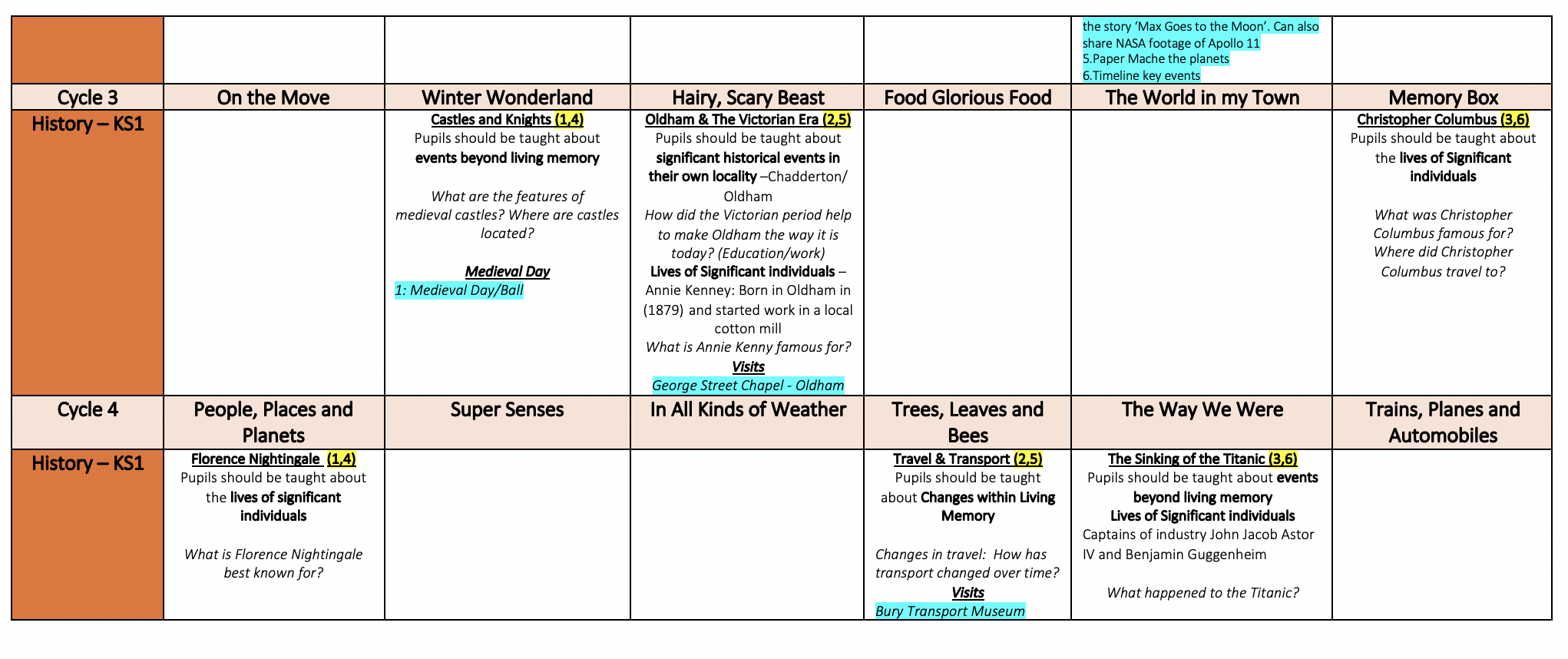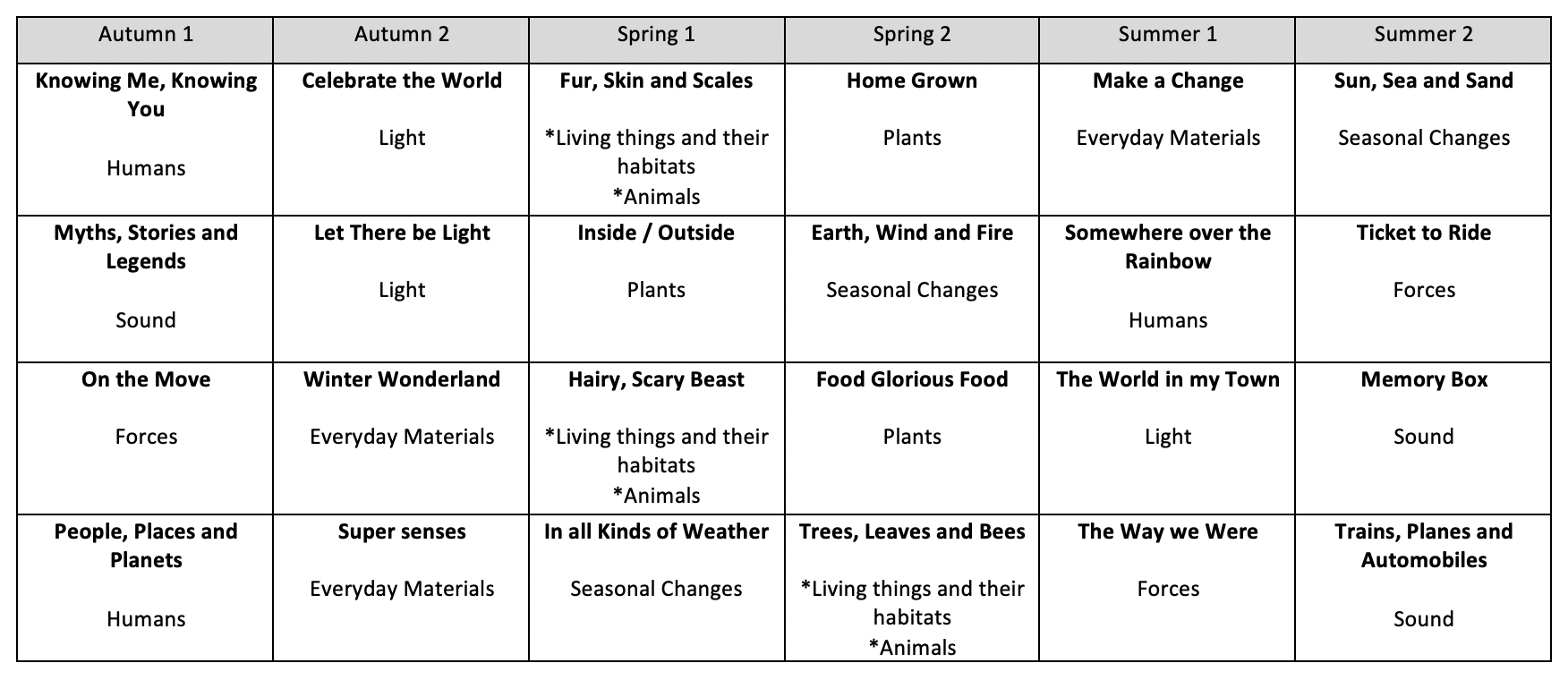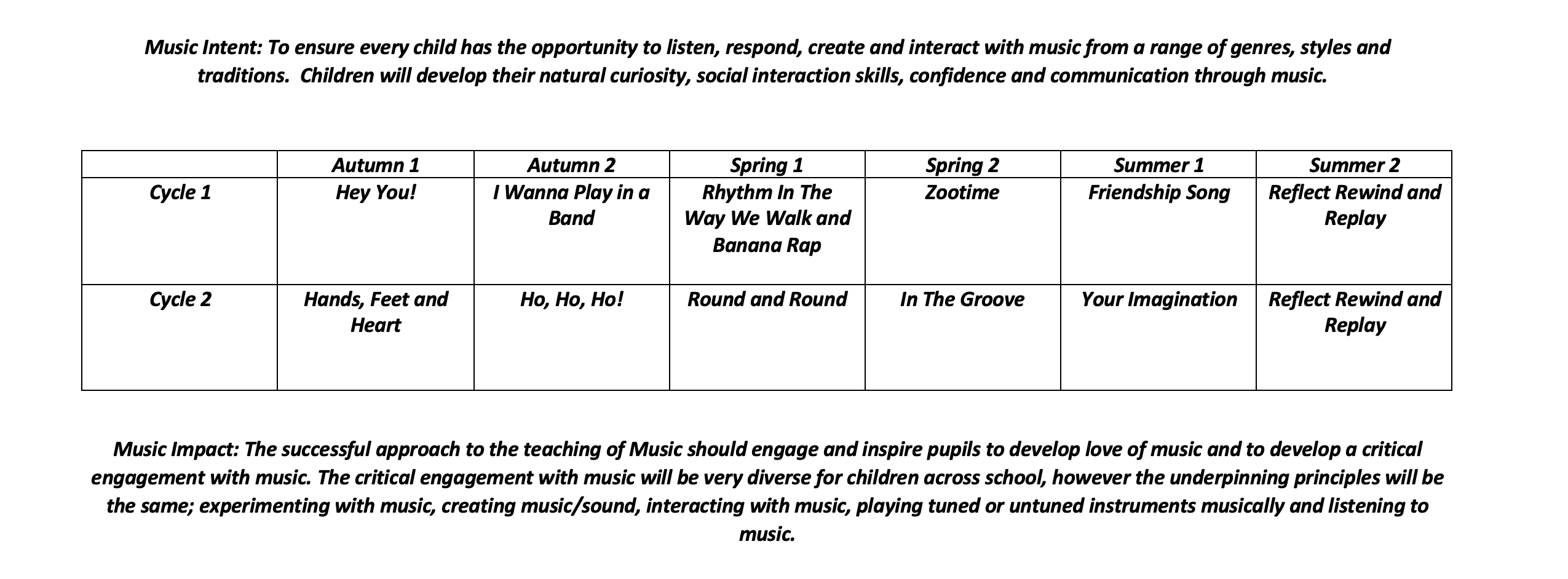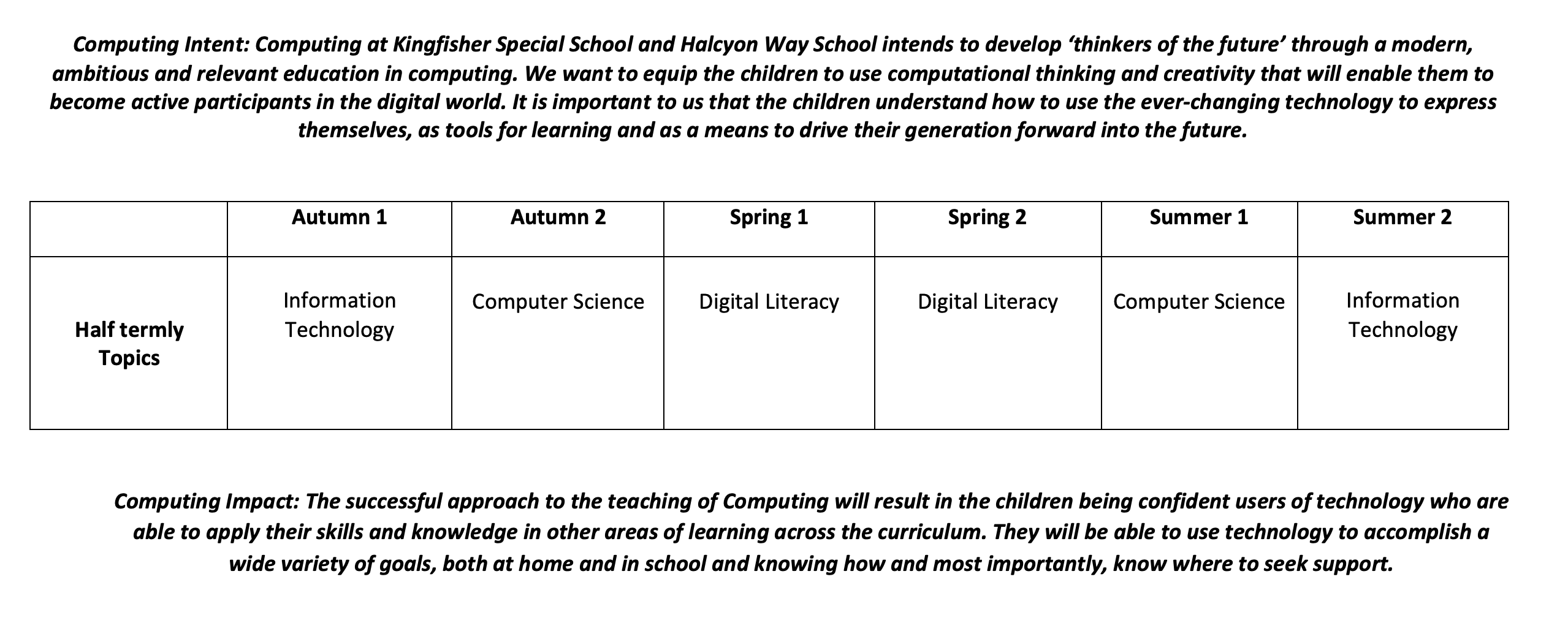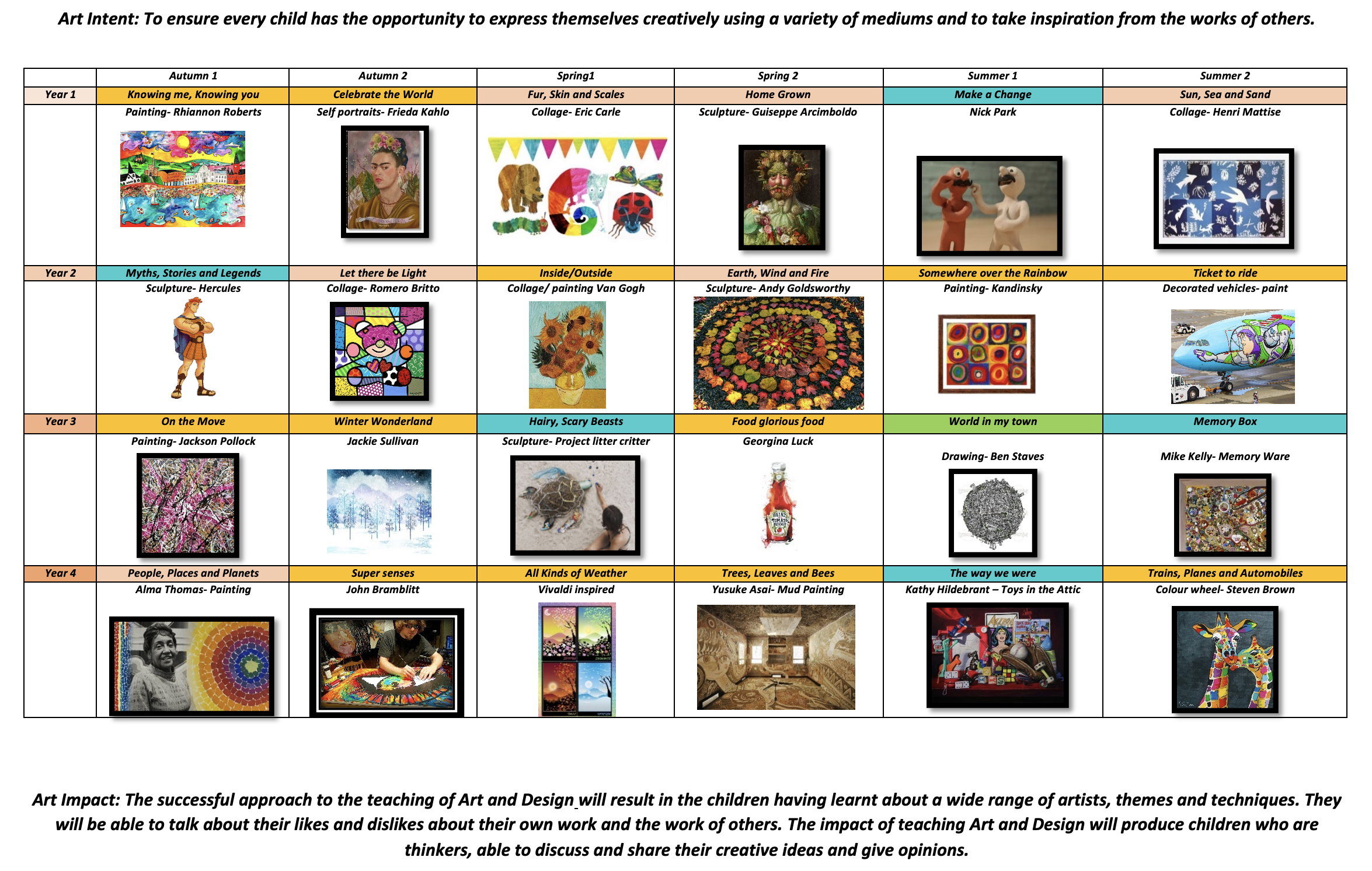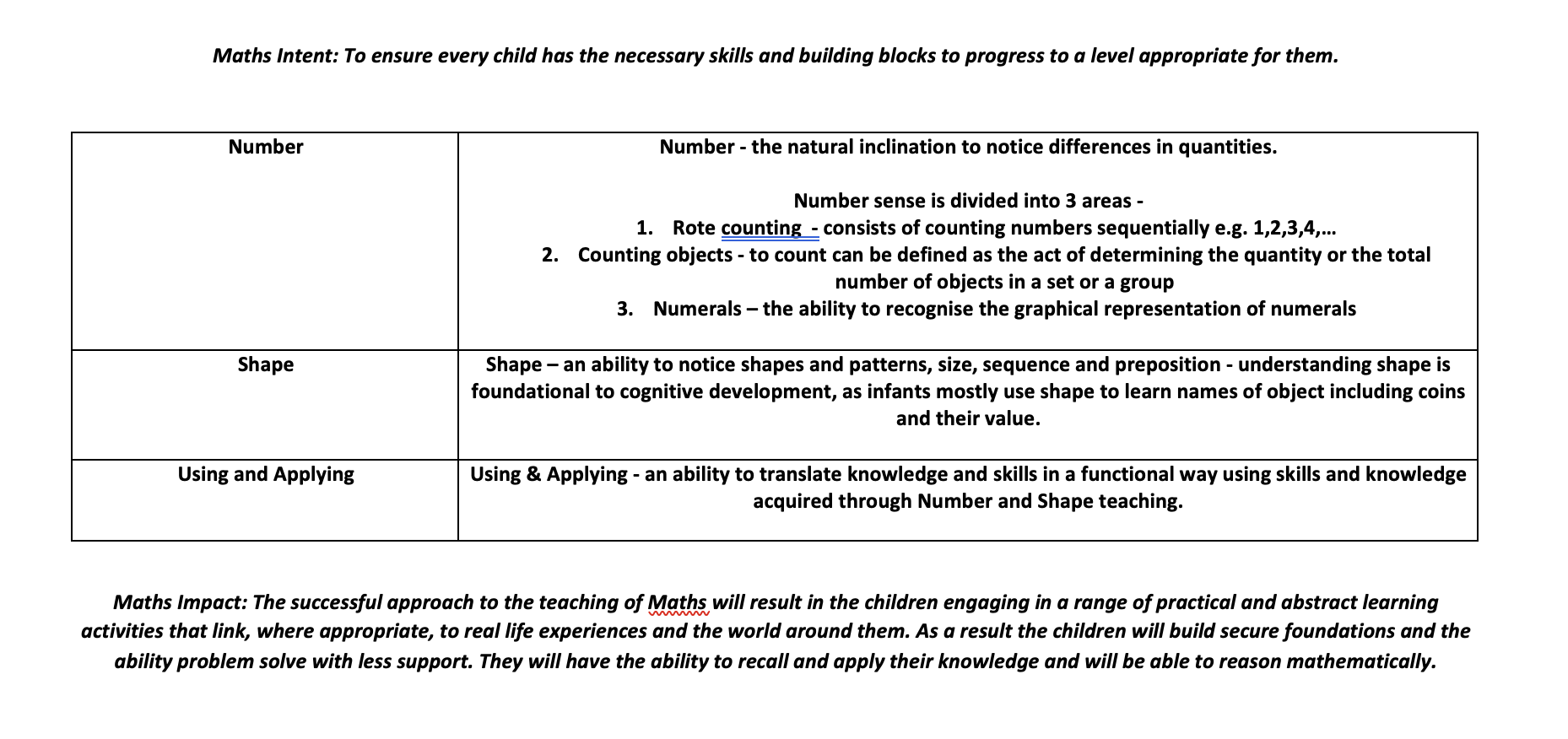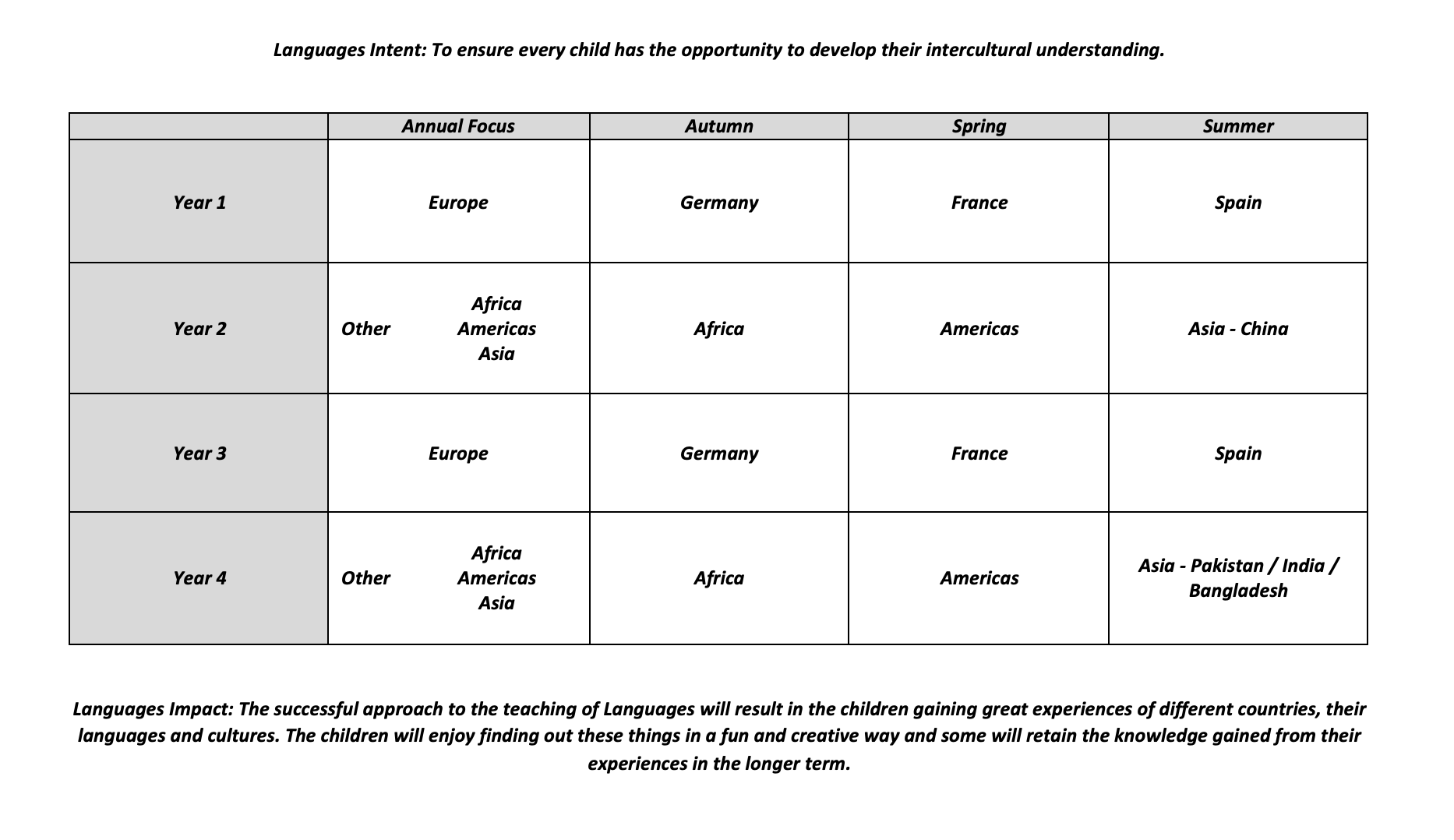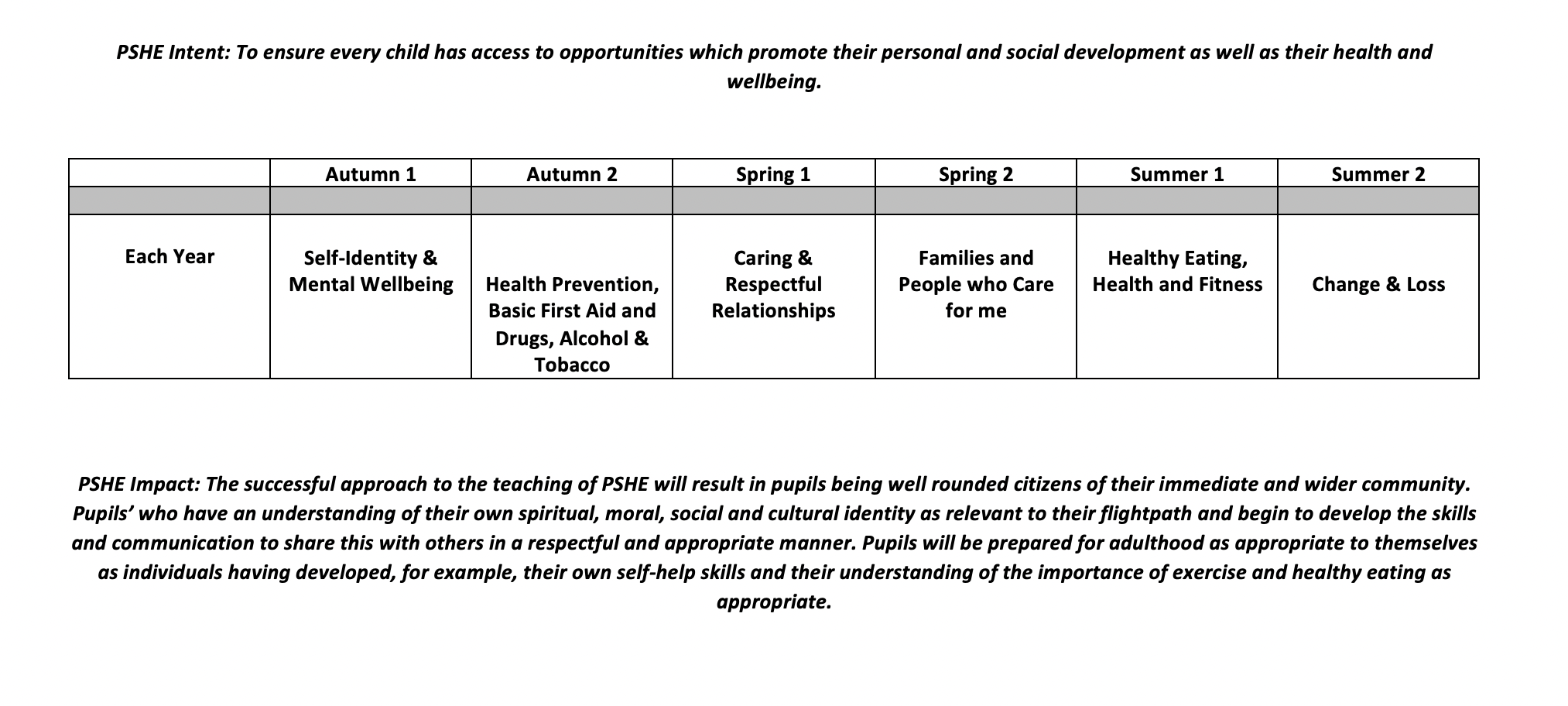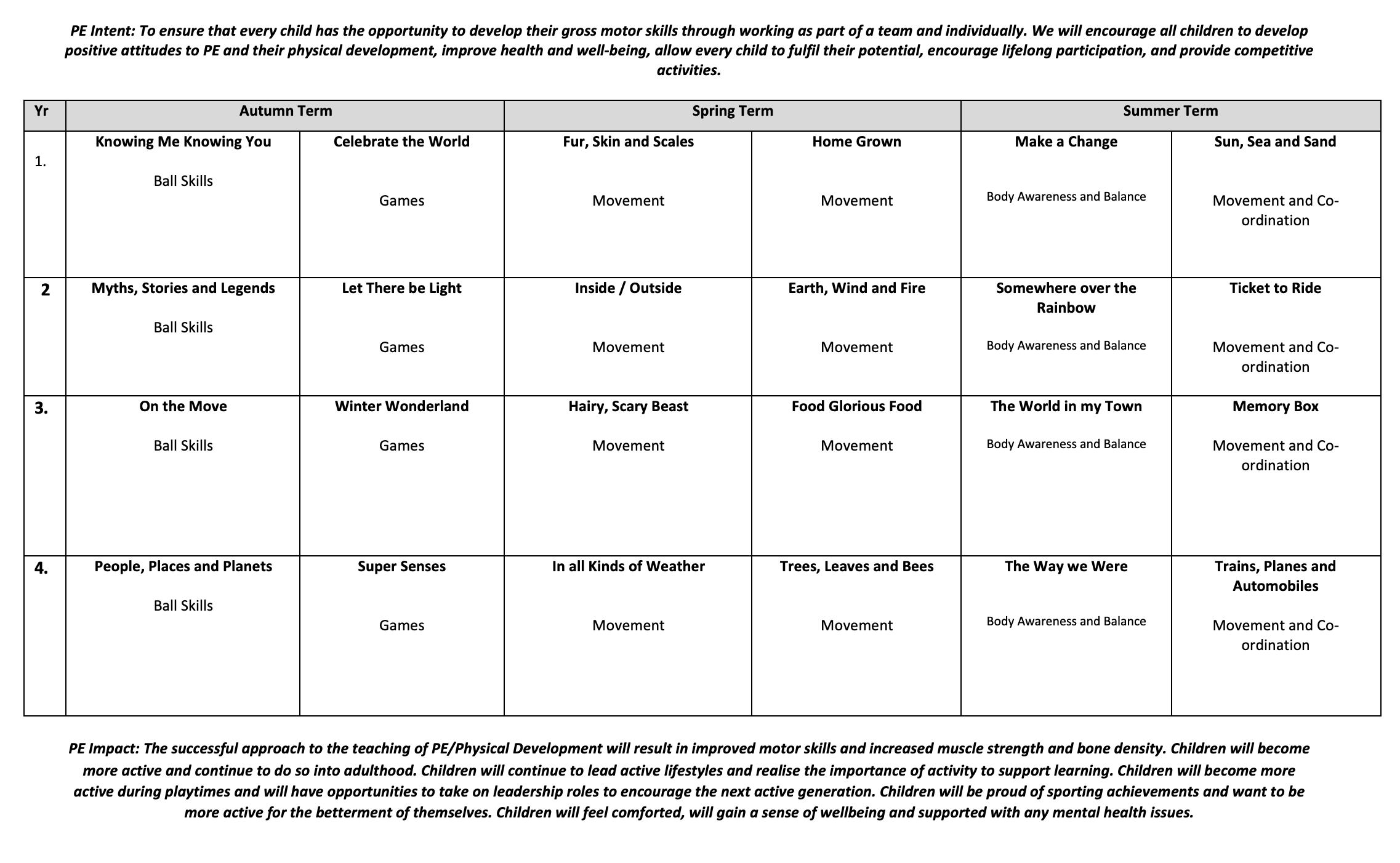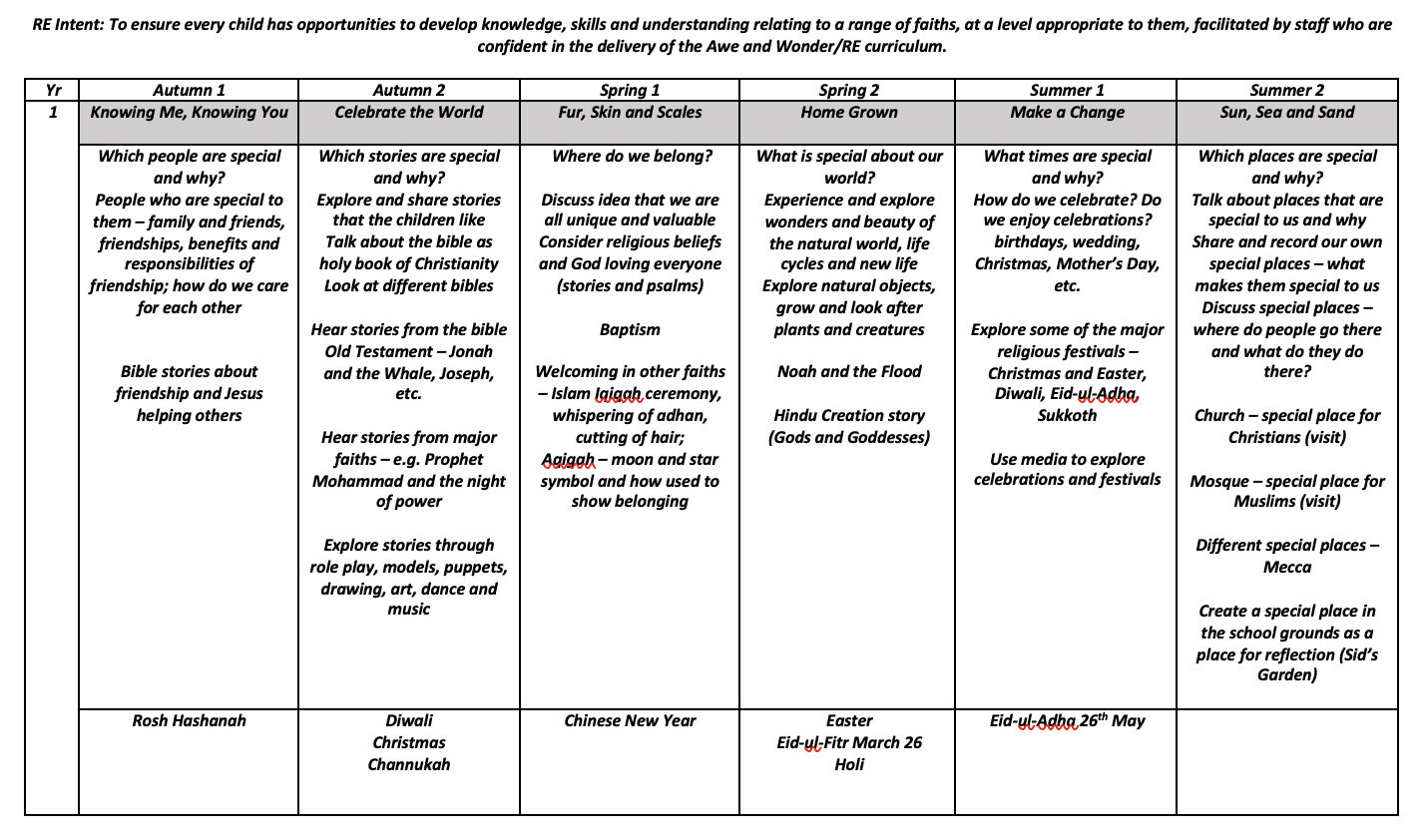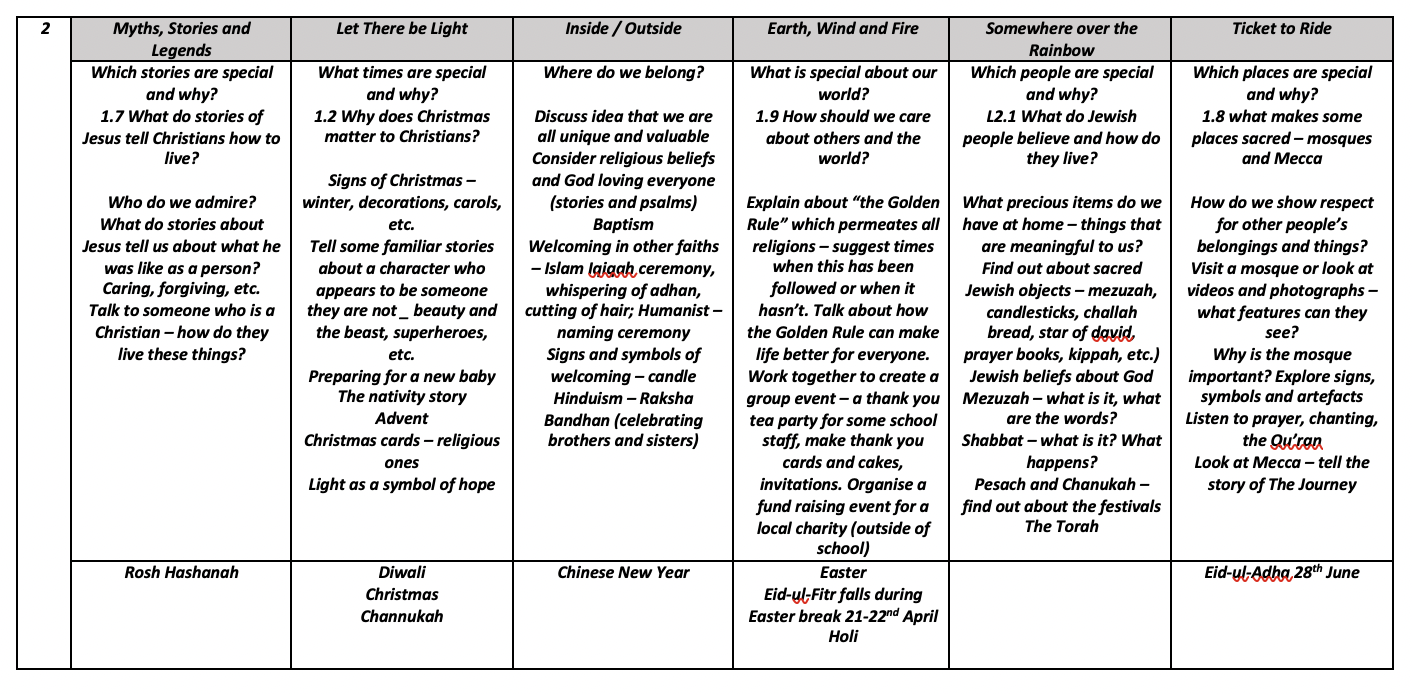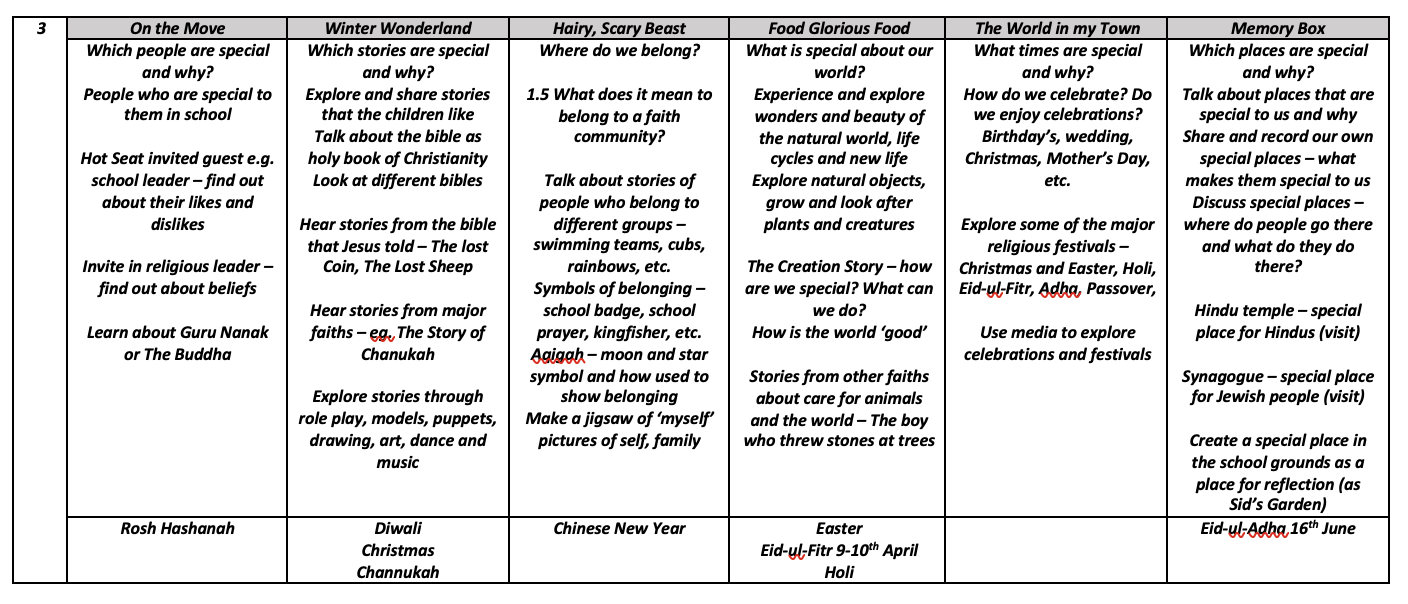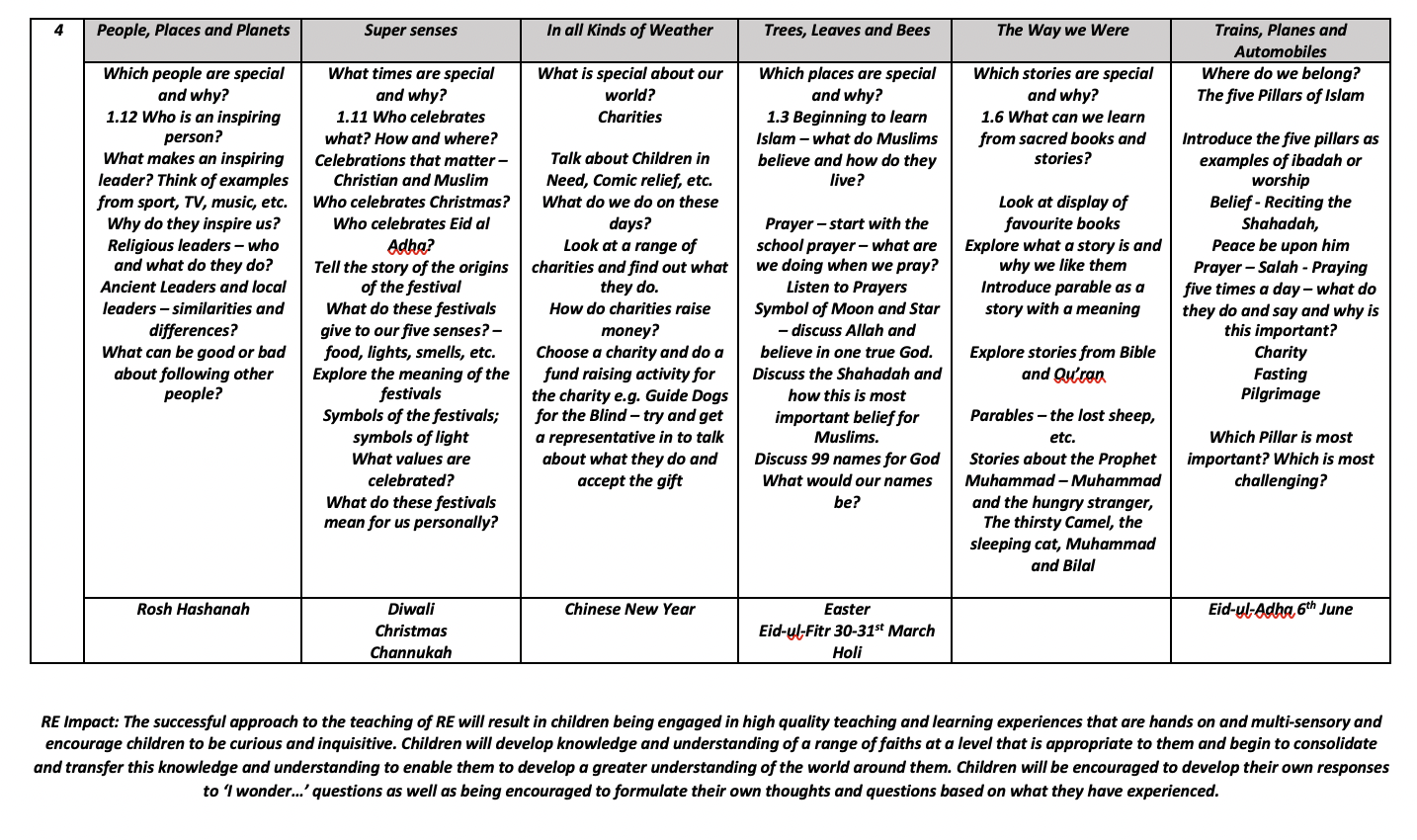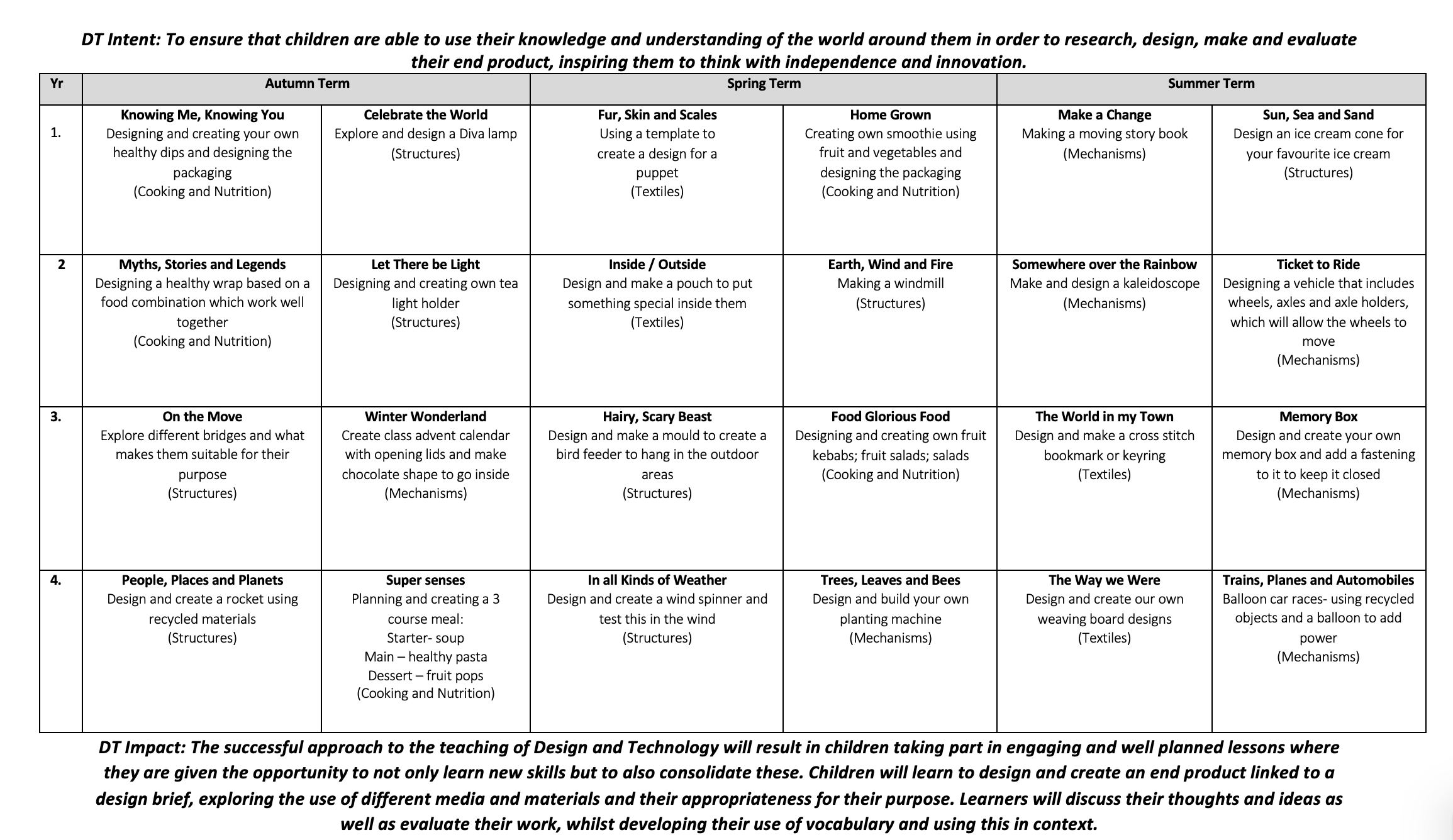Curriculum Approaches
‘If a child can’t learn the way we teach, maybe we should teach the way they learn’
-Ignacio Estrada, 2014
At Kingfisher we are constantly exploring new and innovative approaches and ideas to support how we teach and enrich the children’s learning. Through research we develop and devise approaches to make them ‘engaging’ and ‘right’ for the children.
Teaching at Kingfisher is creative and stimulating and matched to children’s learning needs.
Children should expect:
- Creativity of approach which makes learning fun, challenging and interesting
- High quality teaching, which is regularly monitored, which takes them out of their comfort zone with appropriate support and challenge from the whole class team
- Staff to use ICT to effectively support and enable their access to the curriculum and enhance learning and communication
- An atmosphere of trust where it is okay to make mistakes and where every opportunity is a learning opportunity
- A variety of approaches which recognises and celebrates individual learning styles and needs and provides daily access to a range of specialised staff
- To be proactive learners rather than passive participants, through practical tasks and planned opportunities for risk taking, independent learning and problem solving
- A flexible approach where all their physical and emotional needs are recognised and met in order for learning to take place
- All staff to have a shared knowledge and consistent approach which is adaptable to children’s changing needs
WALT the owl is used as a symbol of learning to cue the children into “What Are we Learning Today?” and serves as a familiar prompt which can be both visual and auditory. He may take part in evaluating their learning as the session progresses. He has become a key member of every class!
Awe and Wonder
‘Be filled with wonder, be touched by peace’
(Unknown)
We can all recall a moment when we have experienced Awe and Wonder although we may not have had the words to describe it at the time, only “wow!” Awe and Wonder is closely linked to our deep feelings and emotions.
Awe and Wonder is about creating a calm atmosphere, a sense of place to just ‘be’, to observe, to explore, to be present in the moment, to just breathe.
It is about connecting us to nature, to our feelings, to other people and our community and giving us time and space to appreciate the environment and the world around us. It is about developing a sense of awareness of things beyond ourselves.
Opportunities for Awe and Wonder at Kingfisher
At Kingfisher Special School we provide all children with opportunities on a daily basis to experience Awe and Wonder through a range of engaging and creative learning experiences within a variety of different environments.
We aim to create calm, reflective environments and provide opportunities which allow all children to begin to become mindful. This intrinsic calmness that comes through mindfulness enables children to feel more grounded, open and ready to enjoy experiences. The children are in a ‘safe’ and secure environment and are able to confidently explore and express themselves within a child-led approach, giving them as much independence as possible.

I Wonder
In addition to these opportunities we have developed an approach called “I Wonder” for children working at Flightpaths 2 and 3 whichis designed to meet the requirements of the RE curriculum whilst also meeting the needs/learning styles of the children. I Wonder is deeply rooted in a Montessori approach to teaching and learning.
I Wonder is an enquiry-based approach to learning- that allows the children to play, explore, investigate and question they are developing their own thoughts, ideas and responses.
Through asking I Wonder, open ended questions, the goal is to help the children explore what they think and feel, not arrive at the conclusion or the teaching point that the adult planned in advance. Wondering is not only about words but about thoughts and feelings, hence we are able to offer it to all children, verbal or non-verbal.
Candle Time
Candle time is part of the daily classroom routine. It is a valuable time for adults and children to come together and just be still and quiet. It offers time for reflection and gratitude and the school prayer is used as part of this routine. Prayer is uniting. It is a blessing; a time to send out good wishes; to bring everyone together; to remember.

Developmental Movement Play (JABADAO)
Developmental Movement Play is an approach which gives opportunities for children to indulge in free-flow, child-led, spontaneous movement play. Attention is given to specific early movement patterns and activities that appear to prompt neurological development; these are innate and occur naturally in all children, given appropriate opportunities. Movement speaks louder than words for lots of children and through exploring this approach, we see children’s communication, physical movements and sense of physical space developed. Movement play is valued indoors as much as outdoors.
At Kingfisher we call Developmental Movement Play JABADAO. JABADAO is a company of players and dancers that established themselves and the practice of Developmental Movement Play (DMP) in 1985 to create opportunities for people of all ages and energies to be exuberantly, and physically, playful.
Developmental Movement Play explores the ‘5 ways of moving’. At Kingfisher not all the children will ever independently explore these areas, due to the physical restraints of their bodies however, as the ‘helpful adult’, we can support the children within these areas of movement.
The 5 ways of moving:
- Floor play
- Belly crawling
- Crawling
- Push, pull, stretch, hang and buffeting around
- Spin, tip, roll, fall
The children at Kingfisher, especially children with Profound and Multiple Learning Difficulties (PMLD), are totally involved in the earliest movement patterns of floor play, including front and back play; this is the child’s current level of development. Working as their ‘advocate’ we may investigate tipping and spinning for example, if we feel the children may enjoy these sensations. Working from the direction of the children and ‘listening’ to their body responses we will intuitively know if they are enjoying the movement and requesting more.
Holistic Stories
Holistic Stories use the approaches of Yoga, Massage, MISP and Aromatherapy. They are a collection of mindful stories that use these strategies to help the children breathe, stretch, relax and just be.
Move and Mark
Move and Mark has been developed at Kingfisher as an approach to develop the gross and fine motor skills required to make marks and write. It is a movement based, multi-sensory approach that uses upbeat music to motivate children to move their whole bodies, hands and fingers whilst developing the fundamental skills needed for writing. This film gives a flavour of how Move and Mark looks and is used with different learners across school.
Outdoor Learning
“I will understand problem solving, self exploration, decision making, number relationship. structures, complex vocabulary, healthy living, cause and effect, creativity, imaginative thinking and my natural world when I am big, because I play outside while I am little.”
How We Learn
At Kingfisher we believe that all children should explore and experience learning outside. Being outside in nature helps us to explore our senses in the real world. Touching a tree, smelling wild flowers, playing in natural textures i.e. mud and water helps develop our understanding of the world around us. Through our Creative Curriculum the children have many opportunities to explore the great outdoors in our numerous outdoor environments, for example the Texture Kitchen. We encourage children to interact with their surroundings through directed activities and also child led play.

